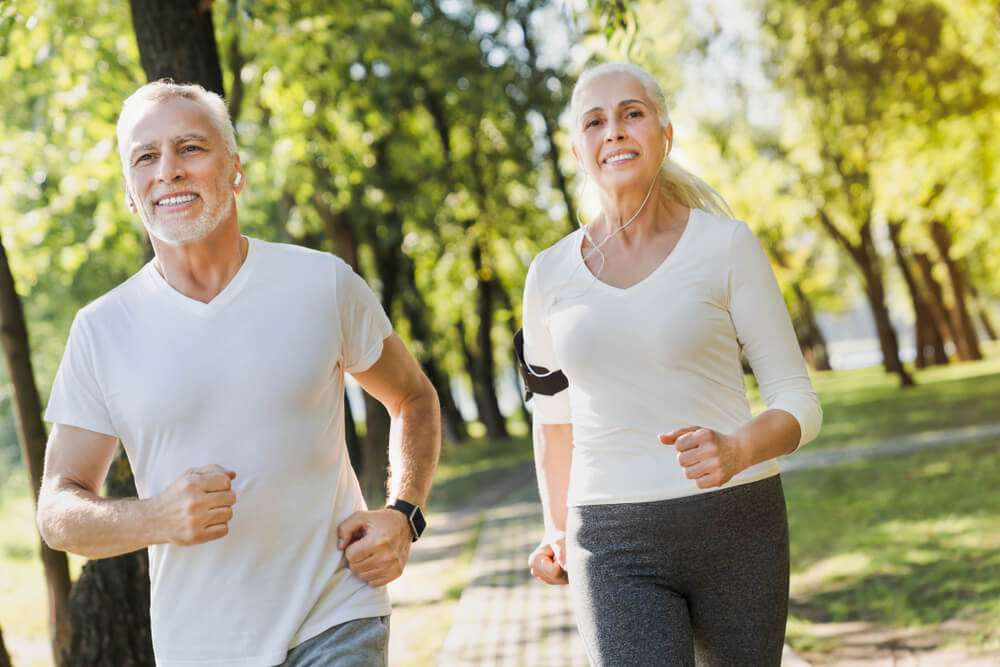Published December 19, 2021, in Fortune.com
By KAT ESCHNER
The COVID-19 pandemic has radically demonstrated the importance of physical health—but there are early indications that it has also pulled Americans away from the gym and toward the great outdoors. A swath of research is bringing light to one change that has proven to be unexpectedly enduring: “green exercise.”
New findings from premium workout app Future suggest that its moneyed user base is searching for outdoor activities over some pre-pandemic favorites. Hiking is now more popular than high intensity interval training (HIIT) with the 10,000 Future users whose preferences were included in the data. Tennis has tripled in popularity. And users throughout the country have shown preferences for more locally popular outdoor activities: golfing in Ohio, skiing in Vermont, outdoor climbing in Oregon, cycling in Massachusetts.
The app, which pairs users with a coach who engages with them throughout the week using an Apple Watch to monitor their progress, isn’t alone in seeing a shift to outdoor recreation. The Global Wellness Institute’s 2021 state of the industry report also identifies outdoor movement as an important trend that has emerged from the pandemic. In addition, numerous academic studies of exercise behavior have identified this trend during the pandemic, although most do not focus on future behavior.
Every segment of the outdoor activity industry, from retail to national parks admissions, has seen outsize interest in its offerings over the past two years. For many, that interest has translated into earnings, although consumers in 2020 sought lower-cost options because of the pandemic downturn.
Now that they own the gear and have some experience, indications are that consumers will continue their outdoor pursuits. This may lead to a greater interest in nature in general: “In a post-COVID-19 world we anticipate greater incorporation of biophilic design into buildings,” GWI’s report reads.
But it’s worth noting that this trend appears to be uneven: The Outdoor Foundation’s 2021 Outdoor Participation Trends Report found that in 2020, at least, almost 75% of participants in outdoor recreation were white.
This finding highlights the substantial barrier to outdoor recreation posed by systemic racism. The recent conviction of three white men for the 2020 murder of Ahmaud Arbery, a Black 25-year-old who was out for a run, highlights these disparities.
Outdoor activity isn’t the only thing consumers have shown more interest in. Connected devices like Tonal, NordicTrack parent iFit (formerly ICON), and of course Peloton Interactive have seen increased market penetration as many plan to continue at-home workouts. Interestingly, iFit has made a digital version of the outdoor experience central to its offerings. The company indefinitely postponed its planned IPO in October, citing market conditions.
Future CEO Rishi Mandal thinks this shift in consumer preferences is part of a larger change: a move toward mixed-modality exercise. When their regular routines were disrupted by lockdowns early last year, he believes, many consumers found themselves trying a mix of new activities and old outdoor favorites. “I think that mixed modality is intuitively more interesting, more refreshing, and it’s more sustainable,” he says.
The turn toward increased outdoor activities has highlighted the fact that about 100 million Americans don’t have ready access to parks and other urban outdoor spaces. GWI projects more investment in these areas.
The turn to green exercise may signal a long-term issue for those in the fitness space. After all, you don’t need a membership to walk around your neighborhood or go to a public park. “It’s going to be a challenge to rethink, how do you make money off of people’s movement?” says Mandal.
Greater engagement with the outdoors is likely to yield huge benefits for consumers, however. Spending time in fresh air has a proven ability to increase resilience and improve both mental and physical health, as well as fostering community and enriching people’s experiences with the natural world. It can have special benefits for vulnerable groups such as seniors: One September 2020 study found that even one short outdoor walk per week had the potential to improve well-being.




